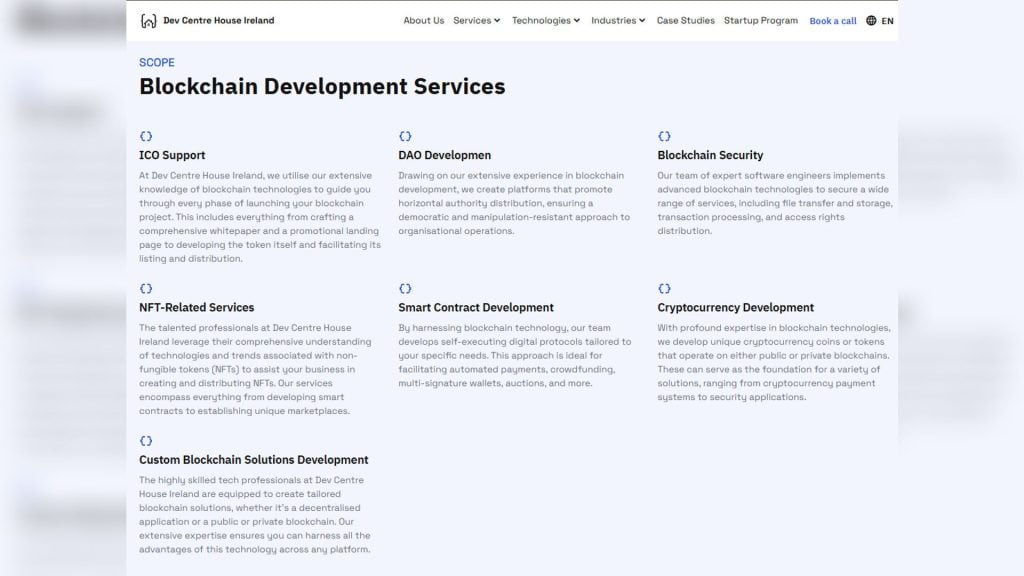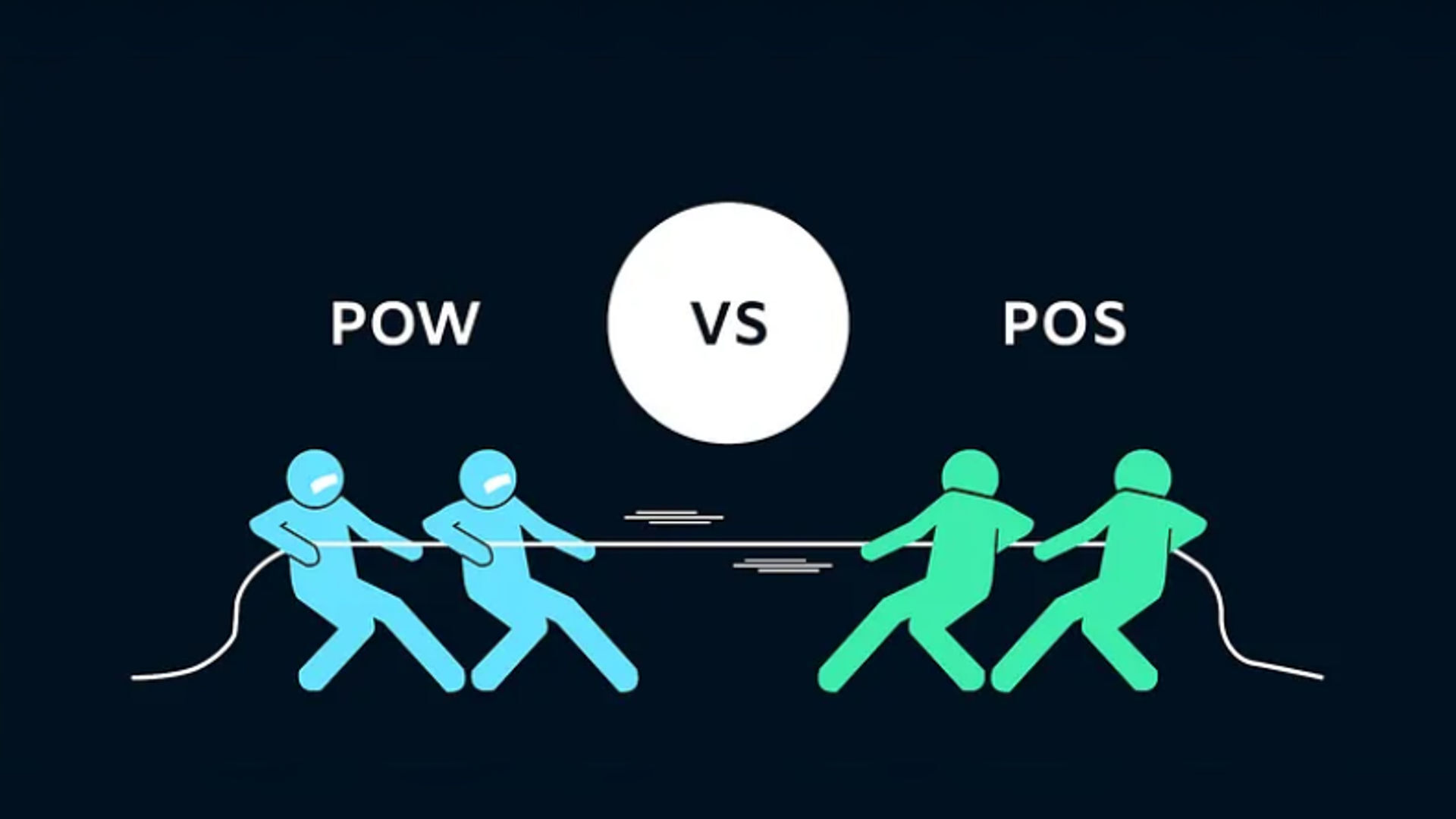Consensus mechanisms are the backbone of blockchain networks, ensuring security, decentralization, and transaction validation. The two most well-known consensus models are Proof of Work (PoW) and Proof of Stake (PoS), but newer mechanisms are emerging to address their limitations. This article explores eight key differences between PoW, PoS, and other consensus models shaping the blockchain industry.
Consensus Mechanisms: Identifying Differences Between PoW, PoS, and Beyond
1. Energy Consumption
Proof of Work (PoW) requires significant computational power to solve complex cryptographic puzzles, leading to vast electricity consumption, as seen in Bitcoin mining. This high energy usage raises serious environmental concerns. In contrast, Proof of Stake (PoS) and other newer models, like Algorand’s Pure PoS, utilize validators instead of miners, significantly reducing energy consumption and making them more eco-friendly and cost-efficient.
2. Security Model
The security of Proof of Work (PoW) is maintained through the computational difficulty and competition among miners. However, it is susceptible to 51% attacks if a single entity gains control over a majority of the network’s mining power. Proof of Stake (PoS) and beyond, on the other hand, rely on economic incentives and staking mechanisms. Attacks become costly as they require ownership of a substantial percentage of tokens. Models like Delegated Proof of Stake (DPoS) enhance security through community-driven validator selection.
3. Decentralization
Initially, Proof of Work (PoW) was designed to be decentralized, but the mining process has become dominated by large pools due to high entry barriers from expensive hardware. Proof of Stake (PoS) and newer models aim to be more accessible, allowing participants who hold tokens to contribute. However, there’s a risk of centralization if a small group owns a large portion of the stake. Hybrid models, like Polkadot’s Nominated Proof of Stake (NPoS), strive to balance decentralization.
4. Speed and Scalability
Proof of Work (PoW) suffers from slower transaction speeds due to block time and network congestion, with Bitcoin processing only around 7 transactions per second (TPS). Proof of Stake (PoS) and beyond offer faster block validation and transaction finality. For instance, Ethereum 2.0, with sharding, can process thousands of TPS. Directed Acyclic Graphs (DAGs), used in IOTA, achieve even greater scalability.
5. Validator Selection
In Proof of Work (PoW), miners compete using computational power, and the first to solve the puzzle adds a new block. Proof of Stake (PoS) and beyond select validators based on their staked amount and network rules. Some models, like DPoS, use community voting to choose validators.
6. Cost Efficiency
Proof of Work (PoW) demands expensive mining rigs and continuous electricity usage, making solo mining impractical due to high operational costs. Proof of Stake (PoS) and other models are more cost-efficient, eliminating the need for mining hardware. Validators earn rewards by holding and staking tokens, rather than consuming vast amounts of energy.
7. Network Governance
Proof of Work (PoW) governance is driven by miners, developers, and community discussions, leading to hard forks for major changes, as seen with Bitcoin and Bitcoin Cash. Proof of Stake (PoS) often includes on-chain governance, allowing token holders to vote on protocol changes. Tezos, for example, uses Liquid Proof of Stake (LPoS) to enable self-amendment without hard forks.
8. Adoption and Use Cases
Proof of Work (PoW) is primarily used in Bitcoin and early blockchain networks, suitable for networks prioritizing security over scalability. Proof of Stake (PoS) and other models are gaining adoption in newer platforms like Ethereum 2.0, Cardano, and Polkadot. Variants like Proof of Authority (PoA) are used in private and enterprise blockchains.
Implementing Blockchain Technologies with Dev Centre House Ireland

Understanding the differences between consensus mechanisms is crucial for evaluating blockchain networks. While Proof of Work remains the foundation of Bitcoin, Proof of Stake and other models are addressing its limitations with improved scalability, energy efficiency, and governance. As blockchain technology evolves, hybrid and innovative consensus models will continue to redefine decentralization and security in the digital economy. For expert assistance in navigating these complex blockchain solutions and building scalable applications, consider partnering with professionals at Dev Centre House Ireland.



